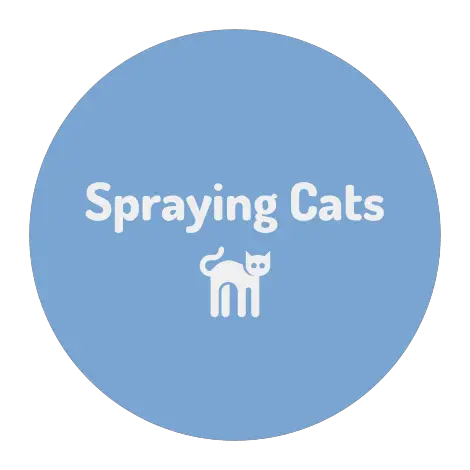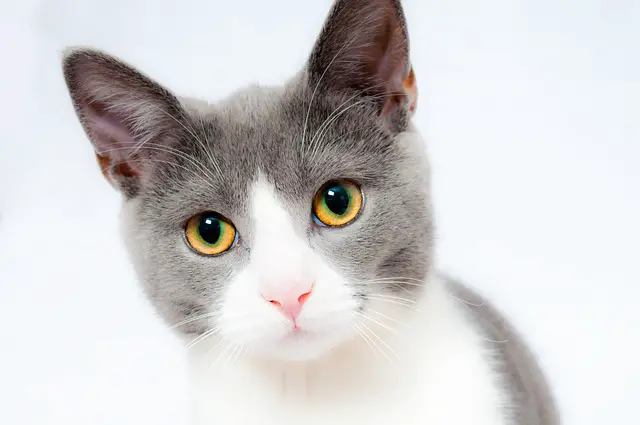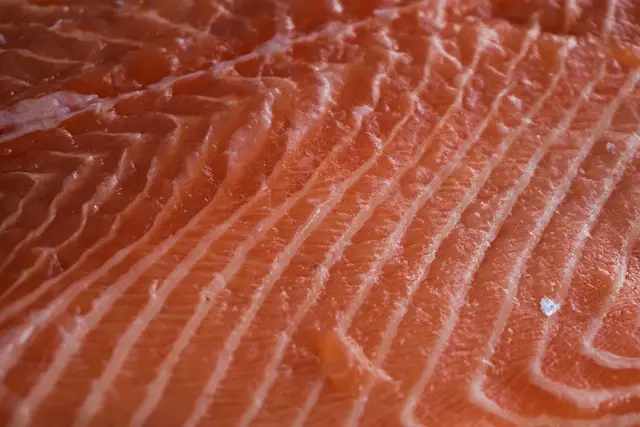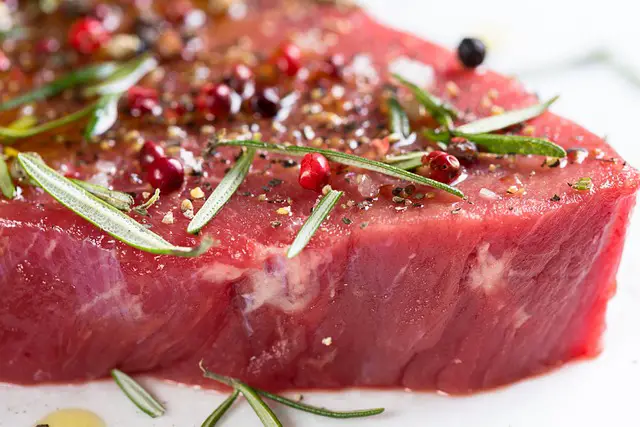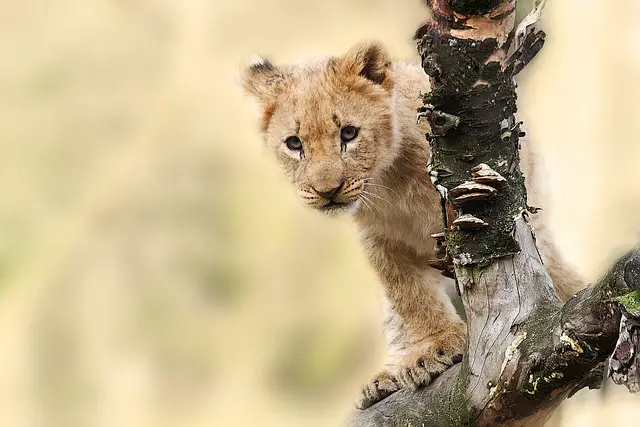Cats are known for their mysterious and intriguing behavior, and one area that often raises questions is their flirting habits. While it may not be as obvious as human flirting, cats have their unique ways of showing affection and interest in each other.
Understanding these behaviors can give insight into the social lives of cats and help cat owners better understand their pets.
One way that cats flirt with each other is through body language. For example, they may approach each other with a slow, relaxed gait and rub their bodies or heads against each other.
Purring is also a common sign of affection, and cats may purr while cuddling or grooming each other. Tail position can also indicate interest or excitement, with a high, puffed-up tail indicating arousal and a low, relaxed tail indicating contentment.
Another way that cats flirt is through vocalizations. For example, they may make chirping or trilling noises while interacting with each other and may also engage in playful meowing.
Some cats may even make a unique chirping sound when interacting with their favorite feline friend. By paying attention to these subtle cues, cat owners can gain a deeper appreciation for the social lives of their pets.
What is Feline Communication?
Cats are known for their unique ways of communication. Feline communication is a complex system that involves a combination of visual, vocal, and scent cues. Understanding these cues can help cat owners better understand their pets and behavior.
Visual Communication
Visual communication is a crucial part of feline communication. Cats use a variety of visual cues to communicate with each other. Some of the most common visual cues include:
- Body posture: Cats use their body posture to convey their mood and intentions. A relaxed and calm cat will have a loose and open posture, while a frightened or agitated cat will have a tense and defensive posture.
- Eye contact: Direct eye contact can indicate aggression or dominance in cats. However, cats also use eye contact to signal affection and trust.
- Tail position: A cat’s tail position can indicate its mood. A relaxed and happy cat will have a high tail, while a frightened or agitated cat will have a tail tucked between its legs.
Vocal Communication
Cats are also vocal communicators. They use a variety of sounds to communicate with each other. Some of the most common vocal cues include:
- Meowing: Cats meow to get attention or to communicate with their owners. However, cats rarely meow at each other.
- Purring: Purring is a sign of contentment and relaxation in cats. They often purr when they are being petted or when they are feeling comfortable.
- Hissing: Hissing is a sign of aggression or fear in cats. They often hiss when they feel threatened or cornered.
Scent Communication
Finally, scent communication is an essential part of feline communication. Cats use scent to mark their territory and to communicate with other cats. Some of the most common scent cues include:
- Urine marking: Cats use urine to mark their territory and to communicate with other cats. They often spray urine on vertical surfaces like walls or furniture.
- Rubbing: Cats also use rubbing to mark their territory and to communicate with other cats. For example, they rub their faces and bodies against objects to leave their scent.
In conclusion, feline communication is a complex system that involves visual, vocal, and scent cues. Understanding these cues can help cat owners better understand their pets and behavior.
How Do Cats Flirt with Each Other?
When cats are interested in each other, they use a variety of behaviors to communicate their attraction. These behaviors can include body language, vocalizations, and scent marking.
Body Language
Cats use their bodies to communicate their feelings to other cats. For example, when flirting, cats may display the following behaviors:
- Slow blinking: This is a sign of trust and affection, and cats may use it to communicate their interest in another cat.
- Tail positioning: A cat’s tail can be a good indicator of its mood. When flirting, a cat may hold its tail high and twitch the tip.
- Purring: Cats often purr when they are happy or content, which can signify flirtation.
- Rubbing: Cats may rub against each other to exchange scents and communicate their interest.
Vocalizations
Cats are known for their vocalizations, and they use a variety of sounds to communicate with each other. For example, when flirting, cats may make the following sounds:
- Trilling: This is a friendly, chirping sound that cats use to greet each other.
- Meowing: Cats may meow to get the attention of another cat or to communicate their interest.
- Chirping: Cats may make a high-pitched chirping sound when excited or happy.
Scent Marking
Cats rely heavily on their sense of smell and use scent marking to communicate with other cats. For example, when flirting, cats may use the following scent-marking behaviors:
- Rubbing: Cats may rub their faces or bodies against each other to exchange scents.
- Spraying: Male cats may spray urine to mark their territory and communicate their interest to female cats.
- Scratching: Cats may scratch objects to leave their scent and communicate their presence to other cats.
Overall, cats use a variety of behaviors to flirt with each other, including body language, vocalizations, and scent marking. By understanding these behaviors, cat owners can better understand their pets and provide them with the social interaction they need to thrive.
The Role of Play in Feline Courtship
Cats are known for their playful nature, and this trait is no different when it comes to courtship. Play is vital in feline courtship, as it allows cats to assess each other’s abilities and compatibility.
Cats engage in various playful behaviors during courtship, such as chasing, pouncing, and wrestling. These playful interactions allow cats to test each other’s physical abilities and social skills. For example, a female cat may playfully run away from a male cat to see if he has the speed and agility to catch her.
Play also helps cats to establish trust and build a bond with each other. Cats learn to read each other’s body language and communicate effectively by engaging in play. This is especially important during courtship, as cats must understand each other’s signals and cues to mate successfully.
In addition to physical play, cats also engage in vocal play during courtship. This includes meowing, purring, and chirping, all used to communicate and establish a connection with the other cat.
Play plays a crucial role in feline courtship, allowing cats to assess each other’s abilities, build trust, and establish a bond. By understanding the importance of play in feline courtship, cat owners can better understand their pet’s behavior and allow them to engage in playful interactions with other cats.
Conclusion
In conclusion, cats have a variety of ways to flirt with each other. Cats can communicate their interest and availability to potential mates through body language, vocalizations, and scent marking. Some of the most common ways that cats flirt include:
- Purring
- Rubbing against each other
- Staring and blinking slowly
- Licking and grooming each other
- Playful behavior, such as chasing and pouncing
It’s important to note that not all cat flirting is sexual. Cats may also use these behaviors to establish social bonds and communicate affection with their feline friends. Additionally, not all cats will use the same flirting techniques; some may be more subtle or overt than others.
Observing cat behavior can provide valuable insights into their social lives and mating habits. While cats may not be as overtly romantic as some animals, their unique methods of communication and courtship are fascinating to observe.
[su_box title=”Affiliate Disclosure”]This website is supported by its readers. Please assume that all links are affiliate links. If you make a purchase from one of the links we will make a commission from Amazon. Thank you.[/su_box]
